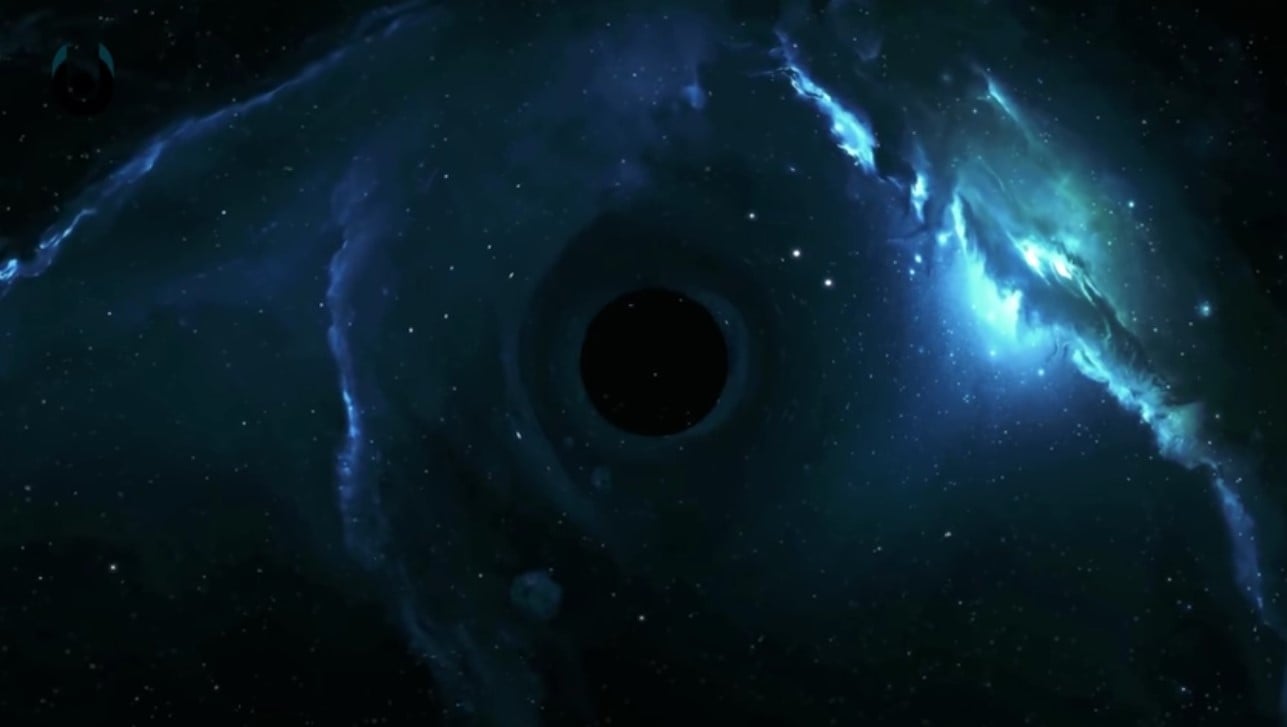Just like many things in the universe, black holes are a complete mystery for scientists. However, what they do know is that the complete concept of space, time and all laws of physics change inside of them, to the point not even light can escape their grasp. Astronomers have observed black holes and how they feed on stars, belching out very bright radio flashes, to which scientists refer to as tidal disruption flares.
Scientists published a paper in The Astrophysical Journal this week. Their research helps them understand how much material the black hole can consume before belching out those radio flashes.
“This is the first time we’ve seen a jet that’s controlled by a feeding supermassive black hole,” Dheeraj Pasham, co-author of the paper and astronomer at MIT said in a press release.
The study focuses on describing an event that took place on November 11, 2014. During that time, scientists realized that they had discovered that black holes feed on stars, after which they produce a tidal disruption flare, produced about 300 million light years away. The two scientists that are working on the research paper wanted to get a closer look at the data coming from that part of the sky.
The scientists discovered a new large burst nearly two weeks after they spotted the first x-ray burst. They found that the newly discovered burst came from radio waves, which is a form of light with the longest wavelength. The scientists discovered that despite there being a larger portion of radio waves compared to the x-rays discovered two weeks before, the two forms of wavelengths had similar patterns. The two researchers found that the radio burst followed the x-ray burst.
To have a better understanding, scientists theorize that as radio “echoes” originate from highly charged particles, there is a time lag and the expanded footprint of the signal reflect those that originate from the black hole. There are light bursts located inside that jet, and are absorbed from the rest of the jet. However, it takes some time before the particles release the light to get out into space.
Thanks to the connection between those radio flashes in black holes, scientists can use radio observation to understand what is it that the black holes are doing, as they feed on stars.
“This is telling us the black hole feeding rate is controlling the strength of the jet it produces,” Pasham said. “A well-fed black hole produces a strong jet while a malnourished black hole produces a weak jet or no jet at all.”
According to Pasham, scientists had already thought that the jets produced by black holes are powered by the accretion rate of the black holes. However, they couldn’t observe the relationship from “a single event.”
“You can do this only with these special events where the black hole is just sitting there doing nothing, and then suddenly along comes a star, giving it a lot of fuel to power itself,” Pasham said. “That’s the perfect opportunity to study such things from scratch, essentially.”





